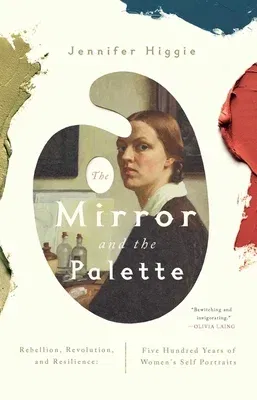A dazzlingly original and ambitious book on the history of female
self-portraiture by one of today's most well-respected art critics.
Her story weaves in and out of time and place. She's Frida Kahlo, Loïs
Mailou Jones and Amrita Sher-Gil en route to Mexico City, Paris or
Bombay. She's Suzanne Valadon and Gwen John, craving city lights, the
sea and solitude; she's Artemisia Gentileschi striding through the
streets of Naples and Paula Modersohn-Becker in Worpswede. She's
haunting museums in her paint-stained dress, scrutinising how El Greco
or Titian or Van Dyck or Cézanne solved the problems that she too is
facing. She's railing against her corsets, her chaperones, her husband
and her brothers; she's hammering on doors, dreaming in her bedroom,
working day and night in her studio. Despite the immense hurdles that
have been placed in her way, she sits at her easel, picks up a mirror
and paints a self-portrait because, as a subject, she is always
available.
Until the twentieth century, art history was, in the main, written by
white men who tended to write about other white men. The idea that women
in the West have always made art was rarely cited as a possibility. Yet
they have - and, of course, continue to do so - often against tremendous
odds, from laws and religion to the pressures of family and public
disapproval.
In The Mirror and the Palette, Jennifer Higgie introduces us to a
cross-section of women artists who embody the fact that there is more
than one way to understand our planet, more than one way to live in it
and more than one way to make art about it. Spanning 500 years,
biography and cultural history intertwine in a narrative packed with
tales of rebellion, adventure, revolution, travel and tragedy enacted by
women who turned their back on convention and lived lives of great
resilience, creativity and bravery.

